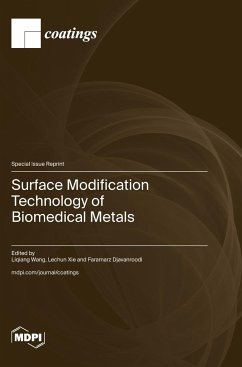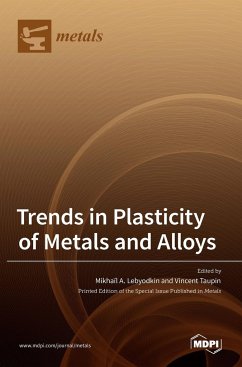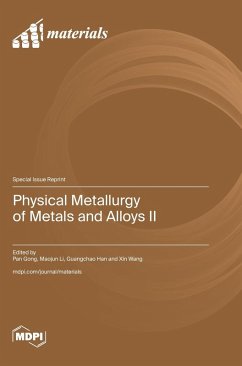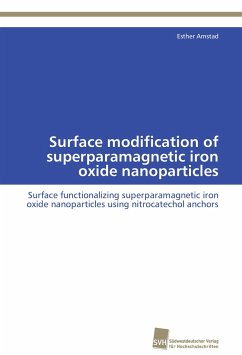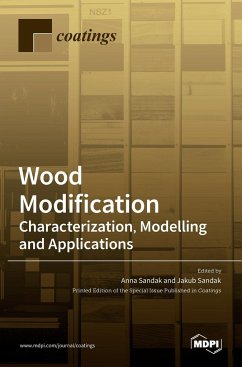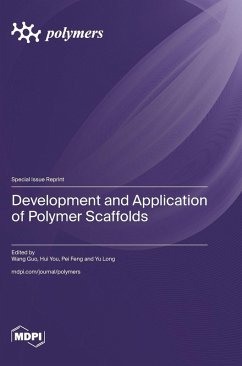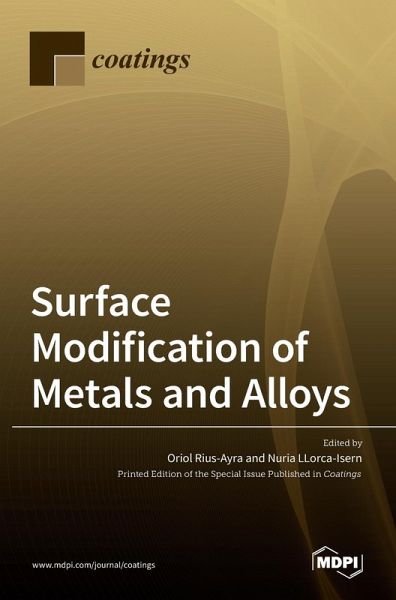
Surface Modification of Metals and Alloys
Versandkostenfrei!
Versandfertig in 1-2 Wochen
42,99 €
inkl. MwSt.

PAYBACK Punkte
21 °P sammeln!
Recently, the scientific community has deemed surface modification to be necessary because the surface properties of new materials are usually inadequate in terms of wettability, adhesion, corrosion resistance, or even drag reduction. In order to modify solid surfaces such as metals and alloys, different treatments have been used to obtain a desired surface finish, including chemical vapor deposition, physical vapor deposition, chemical etching, electrodeposition, or the application of non-equilibrium gaseous media, especially gaseous plasma. These treatments promote changes in roughness, hydr...
Recently, the scientific community has deemed surface modification to be necessary because the surface properties of new materials are usually inadequate in terms of wettability, adhesion, corrosion resistance, or even drag reduction. In order to modify solid surfaces such as metals and alloys, different treatments have been used to obtain a desired surface finish, including chemical vapor deposition, physical vapor deposition, chemical etching, electrodeposition, or the application of non-equilibrium gaseous media, especially gaseous plasma. These treatments promote changes in roughness, hydrophobicity, biocompatibility, or reactivity. Although such treatments have been studied extensively over the past decades and even commercialized, the exact mechanisms of the interaction between reactive gaseous species and solid materials are still inadequately understood. Moreover, for various reasons, it is difficult to find an alloy with a surface behavior that differs from that of the bulk. A frequent goal of surface modification is to obtain a greater or more specific resistance to extreme environments, including resistance to corrosion and wear; higher mechanical or fatigue resistance; hydrophobicity; oleophilicity; or thermal (for low or high temperature exposure), magnetic, electrical, or specific optic or light exposure behavior. Another objective is to increase biocompatibility, prevent (bio)fouling, or both. In order to achieve and improve these properties in metals and alloys, the strategy of surface modification must be applied on the basis of direct action on the metal or the incorporation of a coating that will provide these properties or functionalize its surface to meet complex requirements.





